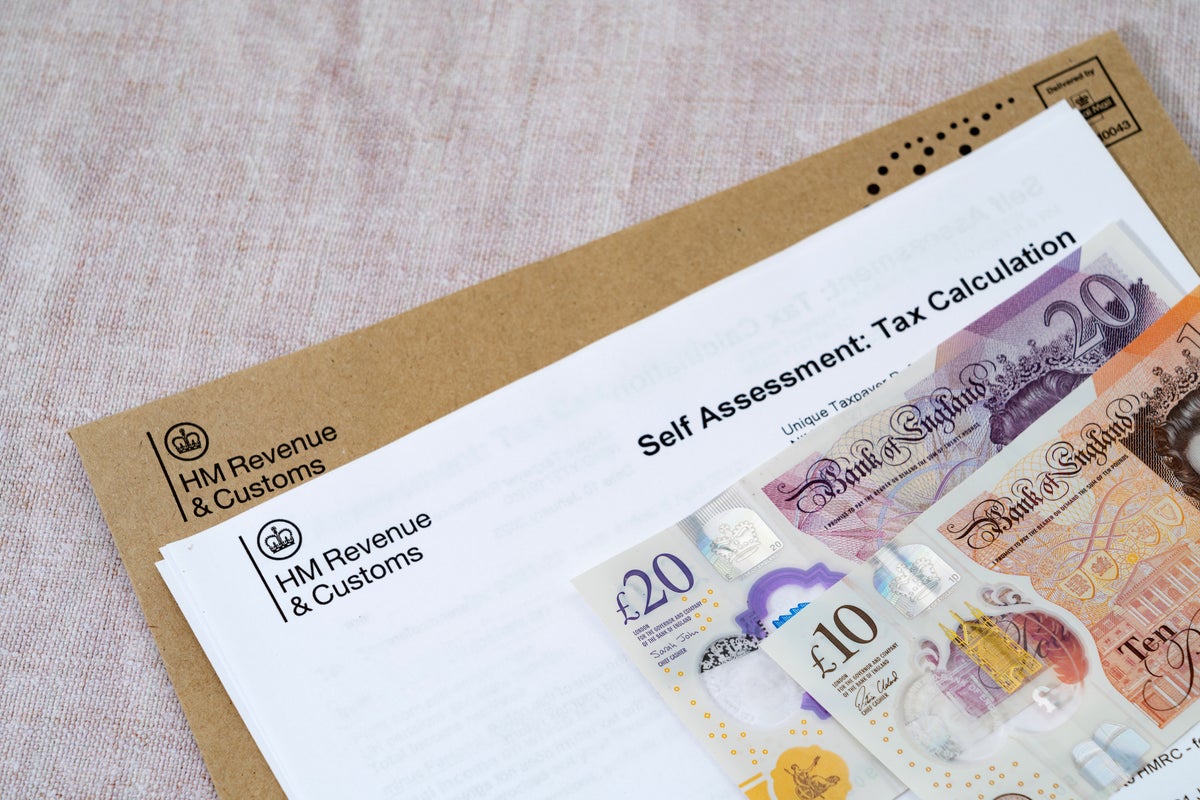
HMRC has resumed its programme allowing direct recovery of money from debtors’ bank accounts. The Direct Recovery of Debts (DRD) policy, paused during the pandemic, has restarted in a “test and learn” phase, the tax authority confirmed Monday.
DRD targets individuals and businesses who can afford to pay their debts but deliberately choose not to, the revenue body explained. The government had previously signalled in its spring statement that DRD would be reactivated for such cases.
This power enables HMRC to compel banks and building societies to transfer funds directly from a debtor’s account, including cash ISAs. It applies to debts of £1,000 or more, with safeguards against undue hardship and for vulnerable customers.
Safeguards include only taking action against those who have established debts, have passed the timetable for appeals, and have repeatedly ignored HMRC’s attempts to make contact.
Anyone who disputes the amount owed has the automatic right to appeal, the revenue body said.
The safeguards also include leaving a minimum of £5,000 in the debtor’s accounts so the revenue body does not put a hold on money needed to pay wages, mortgages or essential business or household expenses.
HMRC said on its website: “The vast majority of taxpayers pay their taxes in full and on time, but a minority choose not to pay, even though they have the means to do so.”
Dawn Register, a tax dispute resolution partner at BDO, said: “Given the pressure on public finances, it’s clear that HMRC is determined to get tougher on those who can pay but don’t pay.
“For those who are struggling financially we would always recommend that they explore ‘time to pay’ options to allow them to pay in instalments.
“HMRC needs to strike the right balance between supporting businesses and individuals in genuine financial difficulty, while being assertive with those who can afford to pay but choose not to.”
